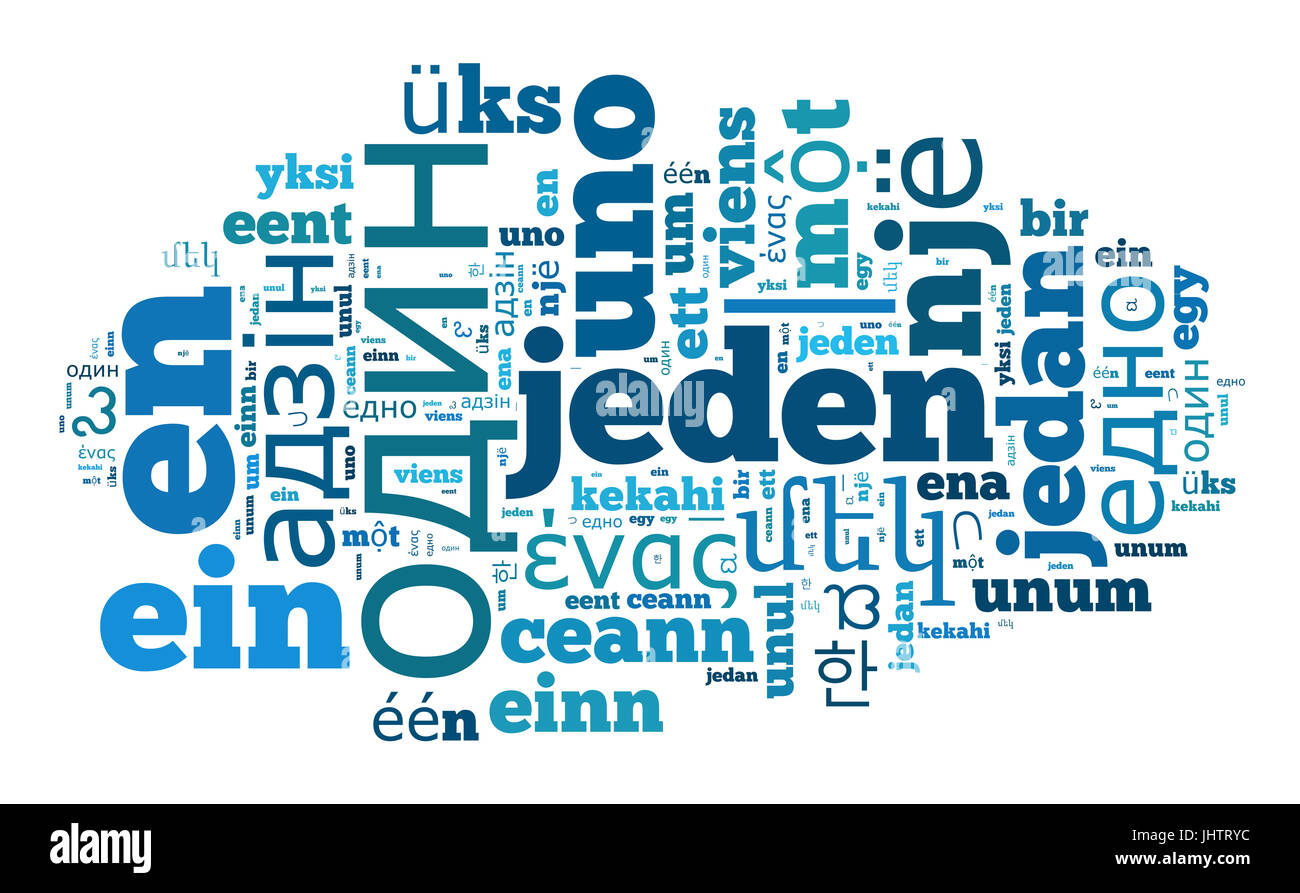- The Word One In Different Languages
- How To Write The Number One In Different Languages
- How To Say One In French
- Little One In Different Languages
Current distribution of human language families This article ranks human languages by their number of. However, all such rankings should be used with caution, because it is not possible to devise a coherent set of linguistic criteria for distinguishing languages in a.
The Word One In Different Languages
For example, a language is often defined as a set of that are, but independent national standard languages may be considered to be separate languages even though they are largely mutually intelligible, as in the case of. Conversely, many commonly accepted languages, including, and even, encompass varieties that are not mutually intelligible.
How To Write The Number One In Different Languages
While is sometimes considered a single language centred on, other authors describe its mutually unintelligible varieties as separate languages. Similarly, is sometimes viewed as a single language due to shared culture and a single written form. It is also common to describe various Chinese dialect groups, such as, and, as languages, even though each of these groups contains many mutually unintelligible varieties. There are also difficulties in obtaining reliable counts of speakers, which vary over time due to population change.
Jul 24, 2014 - One of the greatest simple joys of learning a new language is stumbling across a word that has a completely different meaning in English. Jan 13, 2017 - Learn 50 ways to say beautiful in different languages to impress your. Beautiful one simple word with infinite meaning all over the world. Note: in languages where they distinguish different meanings of little, these answers are assuming you mean little as in 'small' rather than little meaning 'few'.
In some areas, there is no reliable data, the data is not current, or the census may not record languages spoken, or record them ambiguously. Sometimes speaker populations are exaggerated for political reasons, or speakers of minority languages may be under-reported in favour of a national language. This section needs to be updated.
In particular: the 2010 edition of Nationalencyklopedin has revised figures. Please update this article to reflect recent events or newly available information. ( November 2018) The following table contains the top 100 languages by estimated number of native speakers in the 2007 edition of the Swedish encyclopedia. As census methods in different countries vary to a considerable extent, and given that some countries do not record language in their censuses, any list of languages by native speakers, or total speakers, is effectively based on estimates. Updated estimates from 2010 are also provided. The top eleven languages have additional figures from the 2010 edition of the Nationalencyklopedin. Numbers above 95 million are rounded off to the nearest 5 million.

How To Say One In French

Little One In Different Languages
Top languages by population per Nationalencyklopedin Rank Language Native speakers in millions 2007 (2010) Percentage of world population (2007) 1 (entire branch) 935 (955) 14.1% 2 390 (405) 5.85% 3 365 (360) 5.52% 4 295 (310) 4.46% 5 280 (295) 4.23% 6 205 (215) 3.08% 7 (Bangla) 200 (205) 3.05% 8 160 (155) 2.42% 9 125 (125) 1.92% 10 95 (100) 1.44% 11 92 (95) 1.39% 12 82 1.25% 13 (inc. ) 80 1.20% 14 (inc. And ) 77 1.16% 15 76 1.15% 16 76 1.14% 17 76 1.14% 18 75 1.12% 19 73 1.10% 20 70 1.06% 21 66 0.99% 22 63 0.95% 23 59 0.90% 24 (inc. ) 59 0.89% 25 56 0.85% 26 49 0.74% 27 48 0.72% 28 (inc. • Refers to only Modern Standard Hindi here. The defines Hindi on a loose and broad basis.